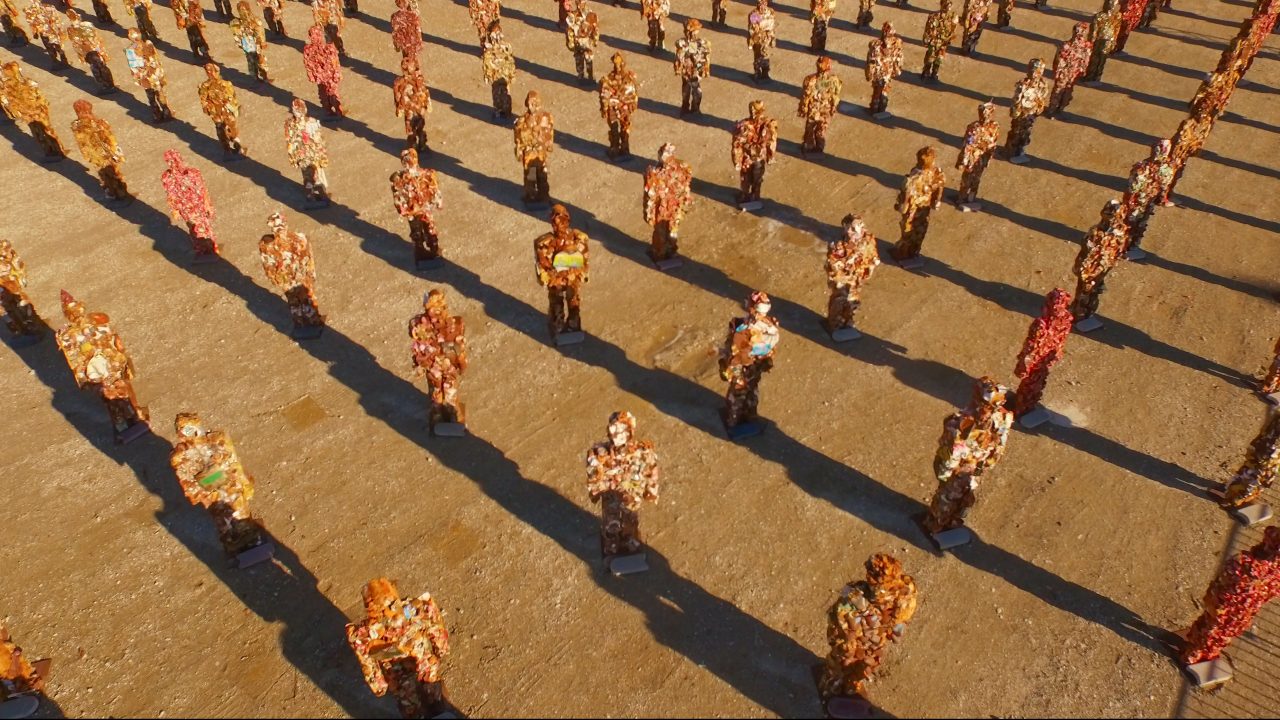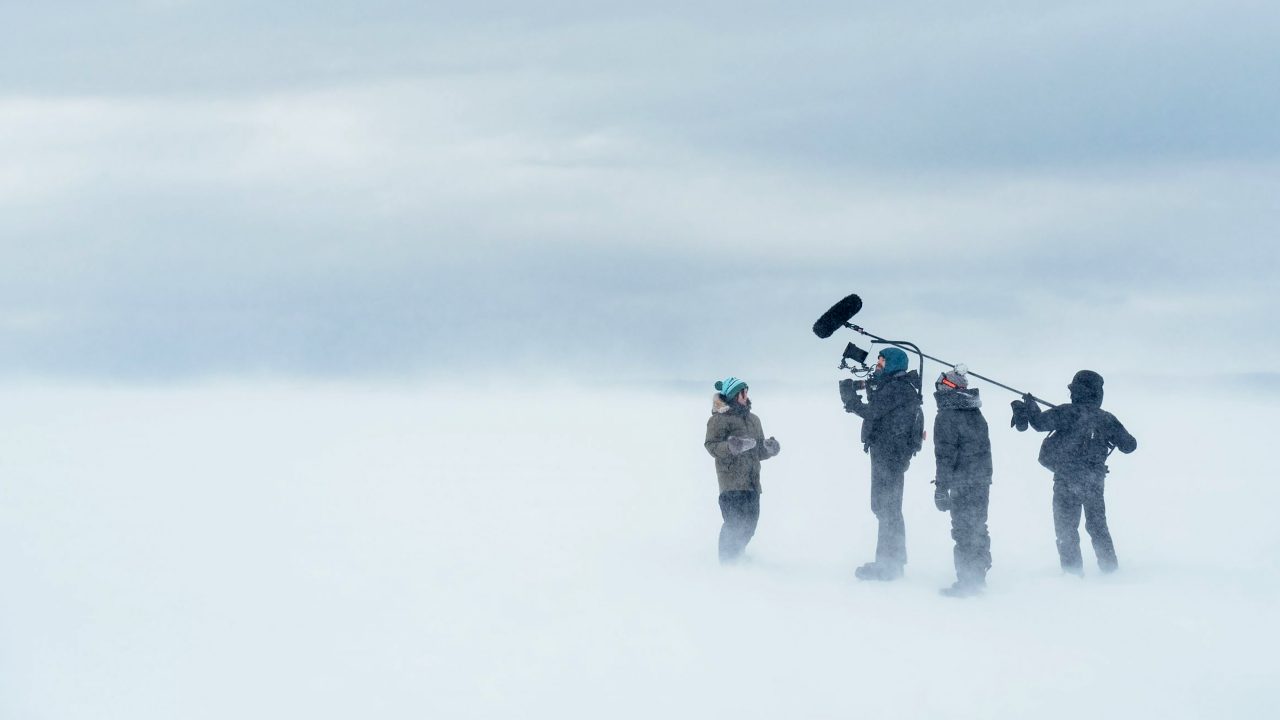
Metamorphosis | Climate Change and Sustainable Living
Metamorphosis | Climate Change and Sustainable Living
Metamorphosis makes use of beautiful prose and poetry to drive home the grim reality of climate change, while still expressing hope in humanity and presenting viewers with a choice of possible futures. The metamorphosis of a monarch butterfly is used as an analogy for people “shedding” their old lifestyles—our addiction to fossil fuels and consumption—and transitioning to a new era of human existence, in which respect for the planet is a fundamental value.
With its dynamic use of poetry and art to help students connect with the issue of climate change, this film can serve as an excellent cross-curricular resource (i.e., English, art, science, geography).
Metamorphosis, Nova Ami & Velcrow Ripper, provided by the National Film Board of Canada
Before watching the film, students should have a firm foundational understanding of the following terms: weather versus climate, climate change, global warming, and sustainability. Furthermore, before attempting to answer the overarching critical inquiry question, a list of criteria needs to be outlined in order to clearly define our current lifestyle.
The film also addresses the feeling of being overwhelmed that often arises when grappling with such a complex and large-scale issue. It’s important that educators acknowledge these emotions throughout the inquiry process and give students the opportunity to reflect on the new information they’ve been presented so that they’re not left with a sense of hopelessness, but rather, are inclined to take action on the issue. The activity below will allow students to respond to such emotions in a way that is cathartic and motivational.
TOPIC #1
In the film, Doctor Robert Lifton, a psychiatrist who’s studied the psyches of people who’ve survived mass atrocities, uses the term “psychic numbing” to describe the suppression of fear. According to Dr. Lifton, psychic numbing is an adaptive response to an atrocity, or in the case of climate change the threat of one, that allows a person to move forward with their life and even talk about it without having an emotional response. Psychic numbing can manifest itself in different forms, such as repression, denial, intellectualizing the issue or making light of the situation.
One way to overcome psychic numbing is to first recognize it as a natural human reaction. In becoming aware of our response and acknowledging our fears, we’re able to change our response.
As stated in the film, recognizing our fear of what we stand to lose leads to a sense of grief, which in turn leads to feelings of love for what might be lost, followed by a readiness to act.
TOPIC #2
At the beginning of this century, the United Nations created the Millennium Development Goals (MDGs) to work towards the elimination of extreme poverty by 2015. Although these goals were not fully met, great leaps and bounds were made in bringing people out of poverty. However, by 2015 the UN recognized that what most threatened the progress that had been made was the lack of attention given to goal no. seven, environmental sustainability.
The UN acknowledged that climate change had become one of the most pressing issues of the 21st century, and that the populations most affected by it were the citizens of developing countries in Africa and South America. Accordingly, the UN created a new set of goals to be completed by 2030. These goals are known as the Sustainable Development Goals (SDGs) in recognition of the fact that in order to eliminate poverty, urgent action must be taken to create a sustainable environment.
Students can investigate some of the successes of the MDGs and compare and contrast them to SDGs.
TOPIC #3
Developing nations such as China and India are undergoing rapid industrialization to build a stronger economy and improve their standard of living. The Western world went through this stage in the 20th century and generated a significant amount of pollution, resulting in some of the irreversible effects of climate change that we see today.
Unlike the more developed nations, such as Canada and the United States, these countries cannot afford to invest in environmentally friendly industries.
Discuss
Is it justified, then, for the West to encourage other nations to stop the process of industrialization? Explain.
In 2015, countries from around the world met in Paris to discuss the issue of climate change and to create an agreement designed to keep the global temperature from rising more than 2℃ above pre-industrialized levels. One of the significant components to achieving this was the commitment from developed nations to assist developing countries in transitioning to a greener economy, while still ensuring that poverty-reduction goals are developed and met.
Discuss
Should developed nations help developing nations transfer to a greener economy? Explain.
Pour lire cet article en français, cliquez ici.
Discover more Educational blog posts | Watch educational films on NFB Education | Subscribe to the NFB Education Newsletter | Follow NFB Education on Facebook | Follow NFB Education on Twitter | Follow NFB Education on Pinterest



